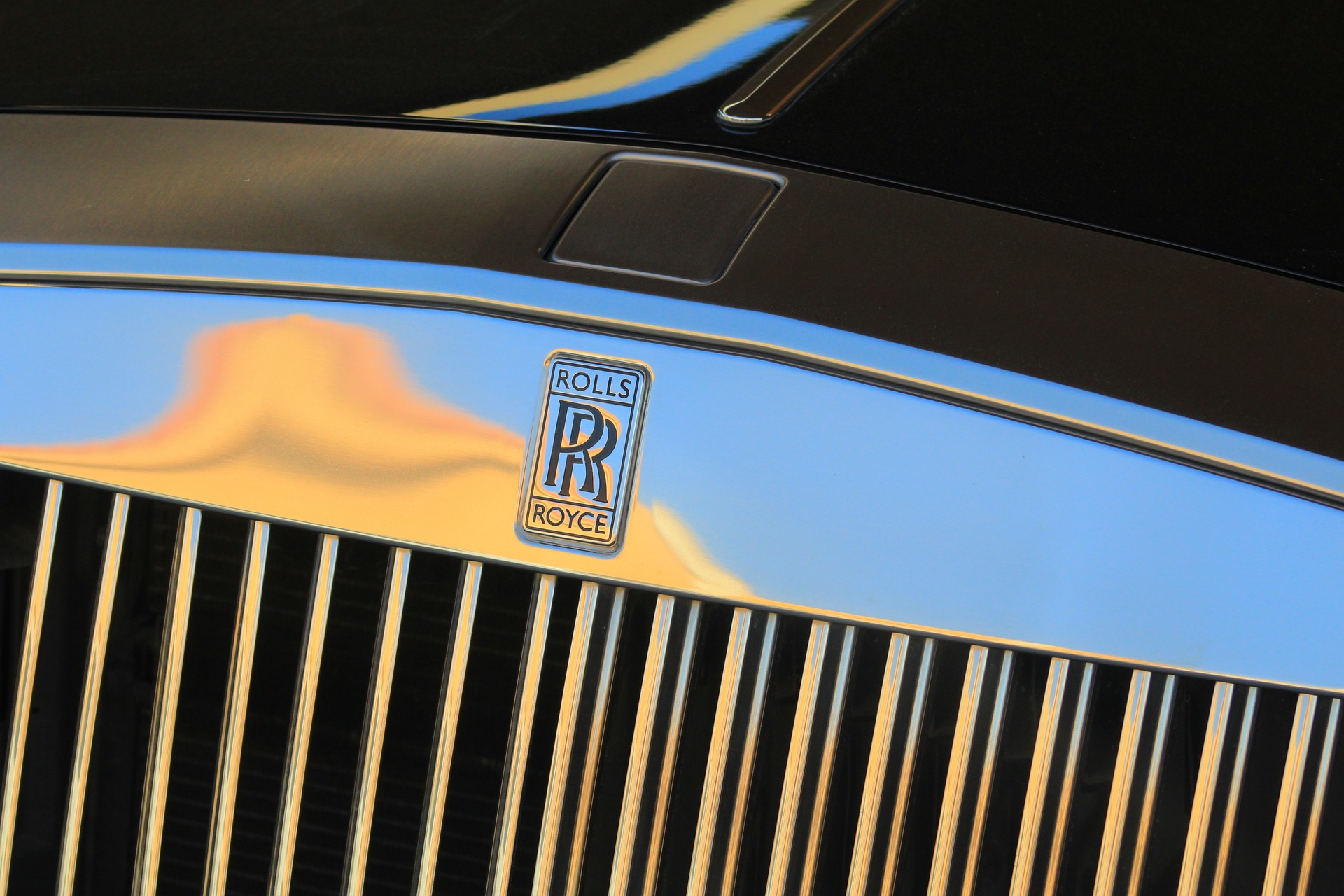
Image via Pixabay.
Everything under the hood of a Rolls-Royce car is exceptionally high in quality, from the engine to the power steering to the cooling system. This includes the radiator, which you can expect to last ten years or more. But over enough time, any vehicle’s radiator will occasionally experience trouble. If you notice the following indications of radiator issues, it’s probably best to visit your local Rolls-Royce dealership for radiator repair without delay.
Signs of the Engine Overheating
Ordinarily, your powerful Rolls-Royce engine should be running between 195 and 225 degrees Fahrenheit. The radiator keeps the temperature within this range by cooling down the coolant fluid as it circulates. But if a radiator fails to do its job properly, you’ll soon notice the temperature of your engine climbing.
When it rises above 225 degrees, your engine will show signs of struggling, such as ticking sounds and a loss of power. You’ll also see the temperature gauge on your dashboard creeping up. If you ever suspect overheating, pull over and allow the engine to cool. Then examine the coolant levels and radiator for anything out of the ordinary.
Rust on the Radiator
As largely metallic car components, radiators are susceptible to rust. This is less likely if you use your car often: whenever the engine is turned on, it evaporates any buildup of moisture under the hood. But if a car is left unused for weeks or months at a time, rust can sometimes begin to develop on the radiator. This is especially a threat in very cold or humid environments.
If you notice a little external rust on your radiator, clean it away with a good rust-cleaning product. But when rust is more extensive, you might need a new radiator before it springs a leak.
Have Your Rolls-Royce Dealer Refresh Your Coolant
It’s also possible for radiators to rust on the inside. The high-grade coolant suitable for Rolls-Royce engines has effective anti-rust properties.
But if the coolant isn’t periodically refreshed, those properties can fade, and rust can set in. As a general rule of thumb, the coolant should be flushed and replaced every 30,000 miles or every two years, whichever comes first.
Coolant Leaking From the Radiator
Even without rust, an aging radiator can sometimes start to leak. If this occurs, the engine will soon start to suffer unless the leak is quickly found and fixed. Coolant is usually a vivid green, blue, yellow, red, or pink color. Keep an eye out for any such fluid dripping under your car.
The pan gasket of the radiator is one common source of coolant leaks. The radiator cap or drain plugs can also sometimes loosen or crack. Coolant is pressurized inside the radiator, so all the caps, seals, and hose connections need to be perfectly tight at all times.
Visit Rolls Royce Motor Cars Nashville to have your radiator inspected and repaired today. We provide excellent customer service to match the luxurious standards of our vehicles.


